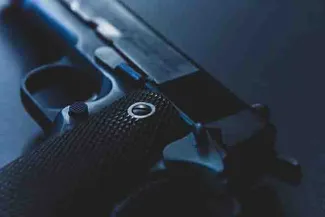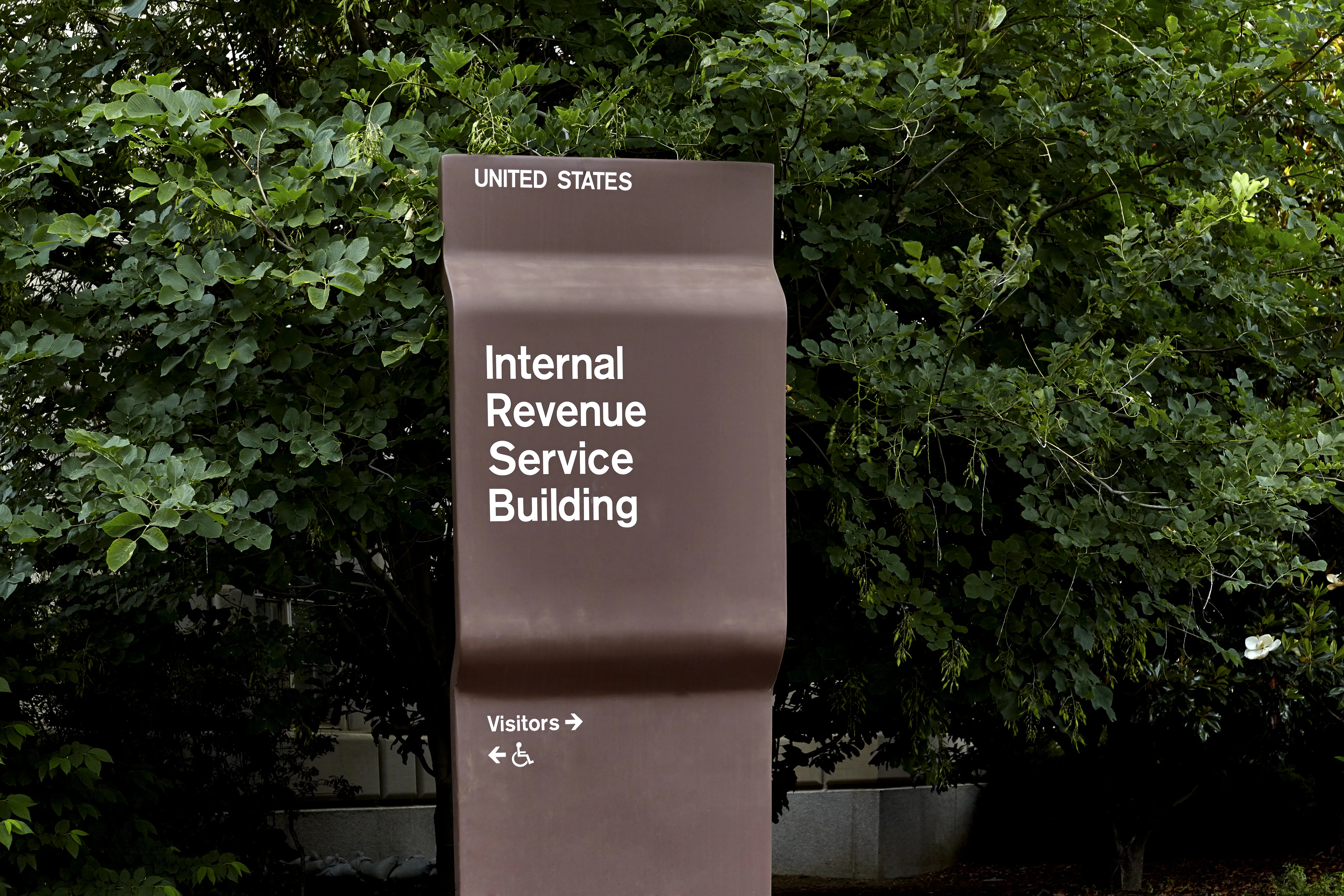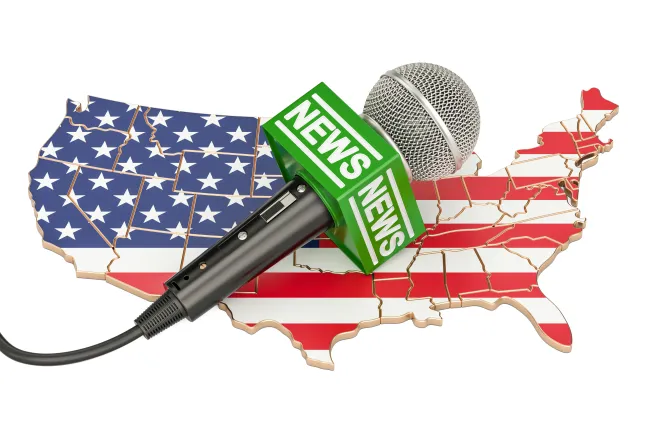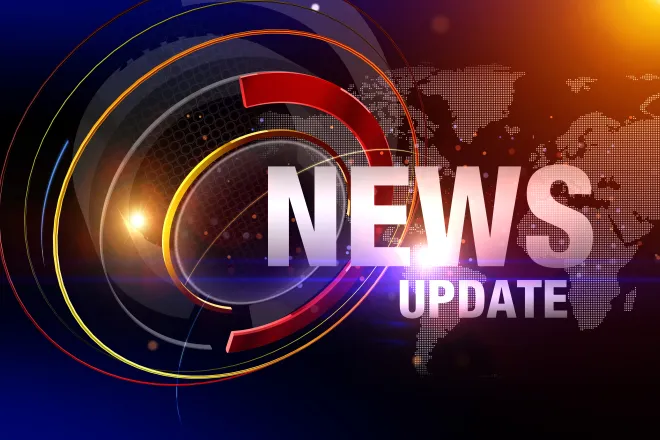
Schools and public buildings turn to AI gun detection software
A fatal school shooting at Antioch High School in Nashville in January had an unusual feature: the school had contracted an AI gun detection company to help identify and stop shootings, but the system did not spot the gun before a student opened fire.
The Metro Nashville Public Schools board had approved a $1 million contract with Omnilert that went into effect in February 2024, the company said in a press release on its website. Omnilert uses AI software to assess images collected on security cameras to detect, flag and alert users and emergency response of the presence of a gun.

© iStock - Josiah S
But the cameras in the school were not positioned close enough to the 17-year-old shooter, a school representative said in a news conference. The teen shot and killed 16-year-old Josselin Corea Escalante, shot and wounded another teenage student in the school’s cafeteria, then took his own life.
The system did later detect weapons brandished by police officers responding to the scene, NBC reported. A request for comment by States Newsroom from Omnilert about the incident was not returned.
The company, and its CEO Dave Fraser, received criticism in the weeks after the shooting for its product failing to alert the school of the gun’s presence.
But makers of similar technology and school safety advocates say it’s not a clear cut case. There are many factors that contribute to school shootings, and many elements to trying to prevent them. No one element is solely at fault for causing – or failing to stop – any given act of violence.
“There are several different companies that work with hospitals and municipalities with this type of technology,” Steve Webb, a southern Illinois superintendent and school safety educator said of Omnilert. “[Schools are] trying to use it just because it’s another tool in the tool belt to try to give them a heads up to prevent these things, rather than always talking about response.”
AI gun detection technology
The Omnilert software used by Nashville public schools is connected to the school’s security cameras and was trained to detect an image of a gun from thousands of hours of footage of weapons. Omnilert is one of several companies in the smart technologies safety sector selling this type of software to schools.
Philadelphia-based ZeroEyes is another, and after launching in 2018, the company has deployed its software in schools and public places in 47 states. CEO Mike Lahiff said the platform pulls existing security camera footage to run through its computer vision software looking for weapons.
When the system thinks it detects a gun, it sends an image to its “human-in-the-loop” team, a staff of eight military veterans split between Philadelphia and Hawaii who are assigned to review images 24/7. Plenty of detected images are false positives, which are dismissed by the human detectors, Lahiff said.

© Khanchit Khirisutchalual - iStock-1515913422
But when a gun is flagged, those human employees dispatch alerts to users at the school and emergency response agencies, with an image of the person holding the weapon. The geolocation of the gun holder is tracked via positioning of cameras in the building, and that information is given to the school and to emergency responders.
Though ZeroEyes is a technology company, Lahiff said this human part of their system is essential.
“It helps mitigate the false positives. It helps that coordination between making sure that the emergency responders … get the information while simultaneously, that the client gets it, and that’s that’s key.” Lahiff said.
This type of technology isn’t in the news often, because it’s often preventative, stopping a situation from becoming news, Lahiff said. He and Webb both said these software systems and other forms of gun detection technology are tools you have in case you need, but hope you never do.
“We see guns almost daily,” Lahiff said. “There hasn’t been an event yet where it’s like, the notorious school shooter with the manifesto, typically it’s not a bad actor.”
In the first weeks of 2025, Lahiff said ZeroEyes flagged “multiple” people with guns in public spaces. In addition to schools, ZeroEyes contracts with public spaces like malls and office parks.
Though ZeroEyes declined to offer more specific details, it said that the software has been used in the past to stop a group of people with weapons from entering a school in Texas, and intervened in a situation with a weapon on a major mass transit platform.
Colorado-based Iterate.ai makes a similar AI gun detection software, though instead of selling its platform to schools, it’s made the technology open source, meaning anyone can access, modify or share it.
“We didn’t feel like for schools or churches or synagogues or … those types of organizations, that we wanted to turn that into our business,” the company’s CEO Jon Nordmark said. “We’d rather … just make it really accessible and usable by them.
Nordmark said the company trained its AI model on footage of 20,000 robberies, and the technology can also detect the presence of knives, kevlar vests and robbery masks. They also worked with a DEA agent to recreate scenes of a crime to teach the model to understand tough-to-detect cases.
“The AI is never going to be perfect. You almost have to think about it as if it’s just another set of eyes,” Nordmark said. “And just like a human, it can make mistakes and meaning it can miss something … or have false positives.”
Nordmark said that these AI models are only going to be as good as the data that they’re trained on, and the hardware that they’re working with. For schools that have out-of-date or scarce security cameras, even the best gun detection model won’t catch the presence of guns if it doesn’t have a clear, consistent view of the scene.
For schools looking for other options, there are other technologies for gun detection. Some detect the sound of guns, like ShotSpotter technology, which is used often by police to listen for gunfire on the streets.
Others use metal detection-like technology, like Evolv, which works with stadiums, secure buildings, hospitals and schools. At the end of January, administrators at Mansfield Legacy High School outside of Dallas identified and arrested a student who brought a gun to school in his backpack, after being flagged by Evolv.
Wider use
Though the technology is pretty widely accepted by school communities, its use in a wider public context has raised concerns for at least some legislators.
Two Republican state legislators in Florida have introduced bills to ban or limit its use in public places. State Sen. Blaise Ingoglia, representing counties north of Tampa, filed SB 562, which allows the use of the technology in schools but bans it elsewhere. On X, he called the technology an “infringement upon both our 2nd and 4th Amendment rights.” State Rep. Monique Miller, representing an area outside of Orlando, introduced HB 491 using the same argument.
Other states, like Colorado, are more open to the technology. Last year, state legislators considered HB 24-1123, which would provide funds for school systems to purchase, install, and operate firearm detection software, though the bill stalled in committee.
Though there were no school shootings in the state in 2023, Colorado is home to Columbine High School, which experienced one of the deadliest modern school shootings in 1999. Outside of school settings in 2023, Colorado had 16 mass shootings resulting in 76 deaths, the bill’s author says.
Outside of the Colorado and Florida bills, there are no specific laws regulating or banning the use of the technology in the states. Lahiff speculated that wider federal regulations on AI may guide the industry, but none are currently progressing through Congress.
Security is part of a broader issue
Educators and makers of this technology say they know their platforms aren’t the complete solution to gun safety. Protecting schools is a multi-part process that works within the web of gun culture in the U.S., existing technology, and education about prevention.
Social media as well plays a role; the Nashville shooter was found to be associated online, through a loose network of people interested in school shootings, with a 15-year-old who committed a fatal shooting in Madison, Wisconsin a month earlier.
“There wasn’t any [geographic] indicator that determined whether you’re more susceptible to this type of violence, and the reason being is because of technology,” said Webb, a retired law enforcement officer who has written a book about security in schools.
“Technology has broadened the world view of radicalism, and with that technology, you know, it evolves every day,” he added.
But even if detection systems aren’t the only answer, Lahiff said, getting more people aware that these tools exist is a step toward a multi-layered security approach.
“No one thing is going to be the, no pun intended here — but like, the magic silver bullet — it’s a combination,” Lahiff said. “And at the end of the day, it’s humans that are going to help. Technology isn’t going to be the one that saves everything, but humans.”
Colorado Newsline is part of States Newsroom, a nonprofit news network supported by grants and a coalition of donors as a 501c(3) public charity. Colorado Newsline maintains editorial independence. Contact Editor Quentin Young for questions: info@coloradonewsline.com.















